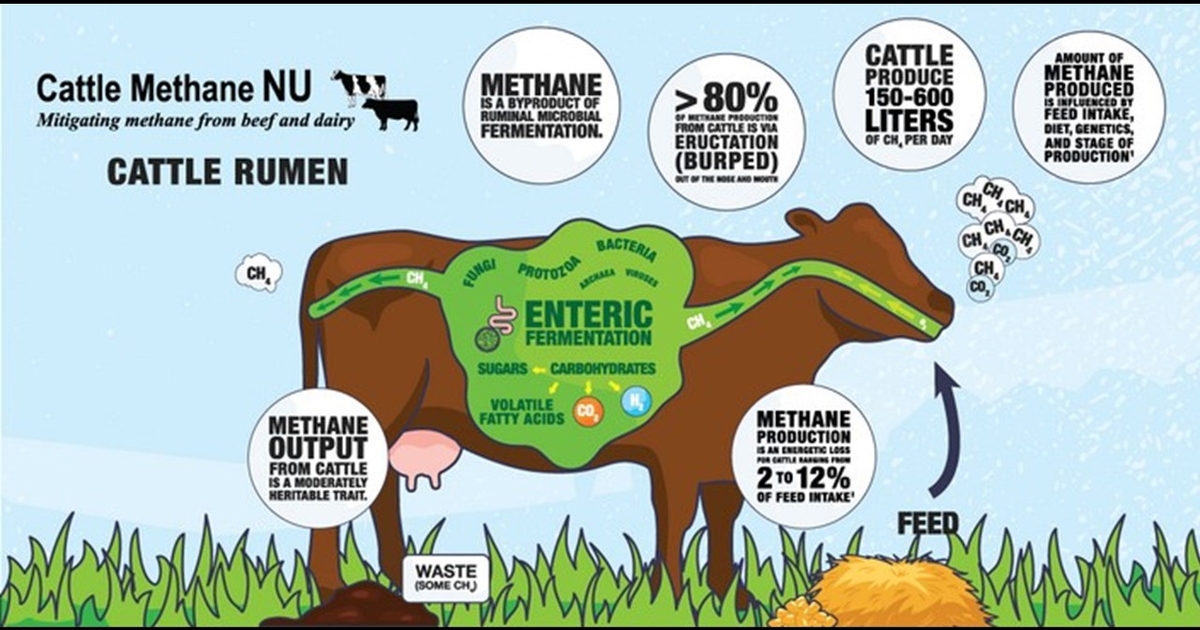U.S. beef export outlook for 2024 shows promise
Posted on February 5, 2024 by Krissa Welshans
Source: Farm Progress. The original article is posted here.

The highlights for the year are really two-fold, according to Halstrom. First, the drag on exports has mostly been in Asia, specifically in foodservice. “By no means is foodservice back to normal post-covid, especially in Japan, in China and even a little bit in Korea.”
“You have to keep in mind that a year ago in December, they were just coming out of their emergency shutdown on COVID in China. So, they're only about a year removed from that, and the consumers in Asia have been relatively muted in terms of their response. And there's still a tendency of eating at home.”
The good news is that tourism is starting to pick up, leading Halstrom to believe that 2024 could be a tailwind for U.S. beef exports.
Second, Halstrom says the U.S. has very good export numbers going into Latin America, specifically Mexico. Central America is also looking pretty good in certain countries and in places like Peru and South America. “So, I think there's some momentum on the Latin American side.”
From a global supply chain standpoint, Halstrom says the post-COVID supply chain is mostly behind us now. However, he said there are some disruptions currently happening in Israel and Gaza now.
“We’re already seeing some supply chain delays and closures, which if it goes on for any length of time, could impact the full supply chain.”
Still, this is relatively minor compared to what the world went through with COVID, he adds.
Underdeveloped regions show growth potential
Looking ahead, Halstrom says USMEF is focusing on some underdeveloped regions of the world that are suddenly showing quite a bit of growth potential. Regions like Southeast Asia, Indonesia, Philippines, and even Malaysia are big population centers with relatively low penetration so far for U.S. beef, he explains.
“The business that is being done is growing, so the percentage rate of growth is impressive.”
Another area of focus for USMEF is growing exports to Africa.
“Africa is a valid beef variety meat market today and is starting to take small quantities of muscle cut beef. I think there’ll be some increased growth there in the future very soon,” Halstrom says.
Maximizing value of carcass
With U.S. beef production down 5% this year and another likely decline next year, USMEF is really focusing on maximizing the value of the beef carcass.
For example, the beef round primal, for the most part, is very underutilized and undervalued, Halstrom says. “So, while we may not have enough short plates or chucks, we definitely have enough rounds.”
Knowing the U.S. was going to be in a short supply situation, USMEF began working in this area about a year ago. Educational and marketing efforts to promote the round in countries like Korea, Japan, and Mexico have proven beneficial, Halstrom says.

.jpg?disable=upscale&width=1200&height=630&fit=crop)


